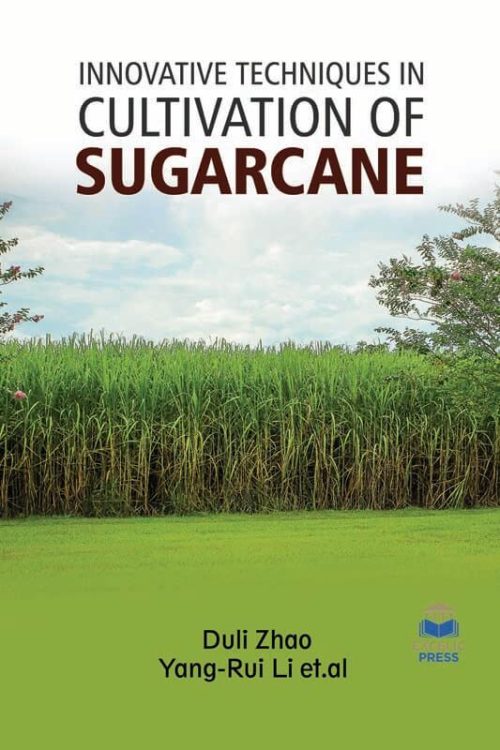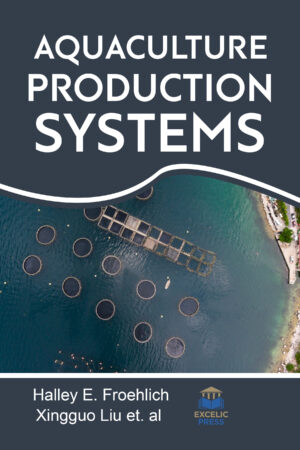Description
Sugarcane is a strong and tall crop. It belongs to perennial grasses. It has high sugar content. Commonly grown sugarcane cultivar is Saccharum officinarum which belongs to family Poaceae. It is an important industrial crop in tropical and subtropical regions of the world. It is one of the world’s major C4 crops that mainly grow in the tropic and subtropic regions. Weather and climate-related events, temperature, precipitation, and other extreme weather) are the key factors for sugarcane production worldwide, especially in many developing countries. Many other challenges and constraints are becoming severe, including abiotic and biotic stress, cost escalation, over-fertilization, poor ratooning, and single cultivar. New technologies will be applied to sugarcane production, including omics-based breeding, best management practices, and so on.
This book presents cutting edge techniques on sugarcane production, focusing on the development of cultivation techniques like irrigation and nutrient management as well as management strategies of pests and diseases. Sugarcane extracts large amounts of nutrients from the soil and accumulates them in the plant due to its large mass production. Thus, agricultural practices ensuring an adequate supply of nutrients to the crop must be adopted to obtain high crop yields in the cane plant cycle and small decreases in the subsequent cycles. In this book, the following items will be addressed and discussed: soil sampling, soil fertility evaluation, liming, plastering, cane plant chemical fertilization, sprout chemical fertilization, sugarcane nutritional status evaluation, organic fertilization, use of cultural remains and residues from sugar and alcohol industry, use of humic substances, fertilization, and quality of the sugarcane broth.
The book succeeds with the following topics on the effect of growing media and fertilization on sugarcane flowering under artificial photoperiod and biotechnological interventions for the improvement of sugarcane crop and sugar production; biotechnology of drought-tolerant sugarcane; and glyphosate effects on sugarcane metabolism and growth. With the uses of conventional, modern breeding, and advanced biotechnological approaches, sugarcane is becoming a model crop for the future. It also promises to fulfill food, fiber, feed, and biofuel requirements of a quickly growing world population. To meet the increasing sugar demand and to make sugarcane a beneficial crop to farmers it is required to advance the quality and quantity of sugarcane and sugar production per unit area. It also presents a novel technology for sustaining soil health and sugarcane yield and in vitro propagation of sugarcane for certified seed production. The book will serve as a valuable guide to students and researchers working in the associated field and, moreover, may provide new concepts and starting topics for future researches.





